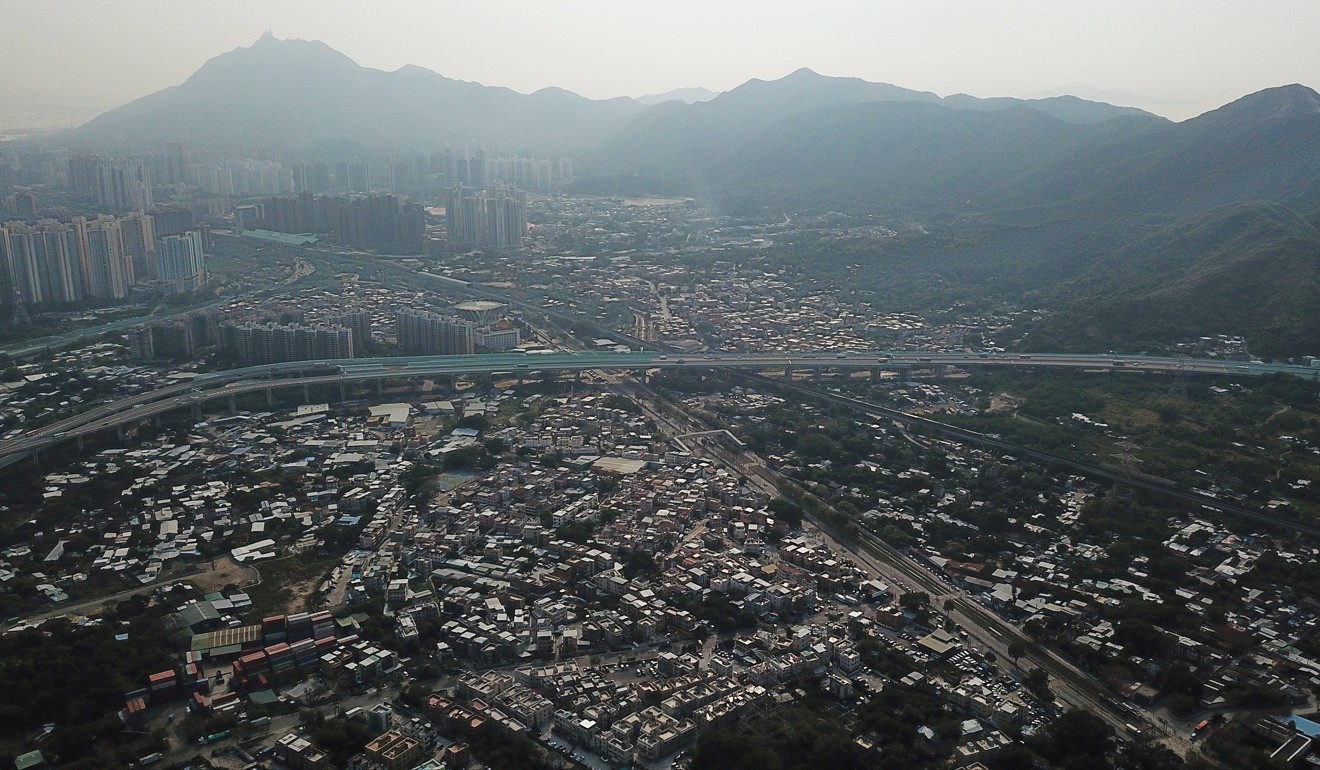
To solve Hong Kong’s housing crisis, there are only two viable options
Mike Rowse says the only workable solutions to the lack of land for housing are for Hong Kong to reclaim land and make use of developers’ extensive bank of agricultural plots. All other options, such as country park development, yield too little land to be worth the trouble
In one way, that may seem to make the job of the Task Force on Land Supply extremely challenging. But, paradoxically, it could help to simplify identifying the best ways forward. For there are really only two acceptable ways to make land available on the scale required: reclamation; and developing the extensive areas of agricultural land in the New Territories.
First, the background.
Both scenarios are completely unacceptable in a civilised society. We are simply storing up social and mental health issues for the future. To address the situation, the chief executive appointed a task force of 22 non-officials and nine officials to examine options. Their term runs for 18 months up to February next year.
Our housing situation is desperate, some aspects of it are even scandalous
Anything involving town planning and land use is always bound to stoke controversy, but I think the task force has, to some extent, made a rod for its own back by the way it has identified potential options.
First, instead of focusing on proposals to create new land or unlock the potential of vacant land, it has identified several headline-grabbing ideas for taking away land from its existing users.
Second, even in that aspect, it has failed to distinguish properly between legitimate and illegitimate existing uses.
But once the genie has been let out of the bottle, so to speak – and the tone and content of discussion on local phone-in radio shows rather suggests it has – it is very difficult, if not impossible, to corral it back in.
As a matter of urgency, the task force needs to drag public attention back to identifying areas for possible reclamation, and reasonable ways to unlock the potential of the agriculture lots, rather than wasting time and energy on options that create or intensify disharmony in the community. Unless members get the two big ones right, everything else will just be nibbling at the edges and a public relations show, rather than a serious attempt to address the problem.
There are several reclamation options worth exploring which would have minimal adverse impact on the environment. Some are to the south and east of Hong Kong. One is to the east of Lantau.
All options would cost money and take time, but we have the money and we shouldn’t waste any more time. Pick the most promising one and go for it.
Making better use of land in the New Territories might cost a bit less and produce developable land more quickly, but the process is not without pitfalls. The problems here are political rather than environmental or engineering ones.

We should start by identifying locations for several smaller-scale new towns. The government should make it clear these are going to proceed, using resumption powers if necessary, but then publicly invite proposals from developers who own all or a significant portion of the layout to go into joint venture.
After investigation and study, it could specify what basic infrastructure was required and how much the public purse would pay for it; what proportion of completed units would be taken back as public rental housing and subsidised flats for sale, and how much would be paid for them; what proportion of the site could be developed for private housing; and what premium would be payable. The important thing is that everything should be completely in the open.
Given that the developers might be shy in coming forward, the big stick of resumption would always be in our back pocket and brandished from time to time if necessary. It would be necessary to resume parcels of land within the total layout not owned by the developer anyway.
The most urgent thing is to get started on real solutions.
Mike Rowse is the CEO of Treloar Enterprises. [email protected]

